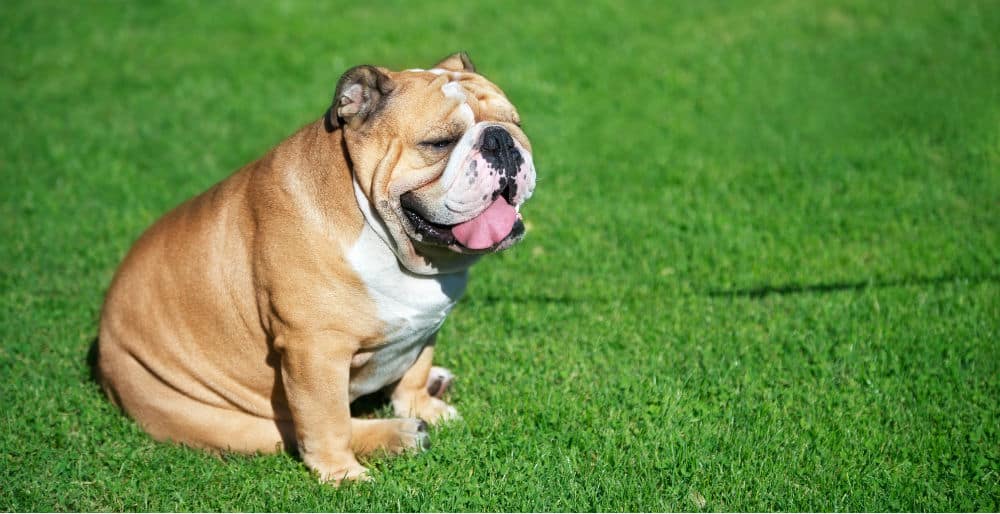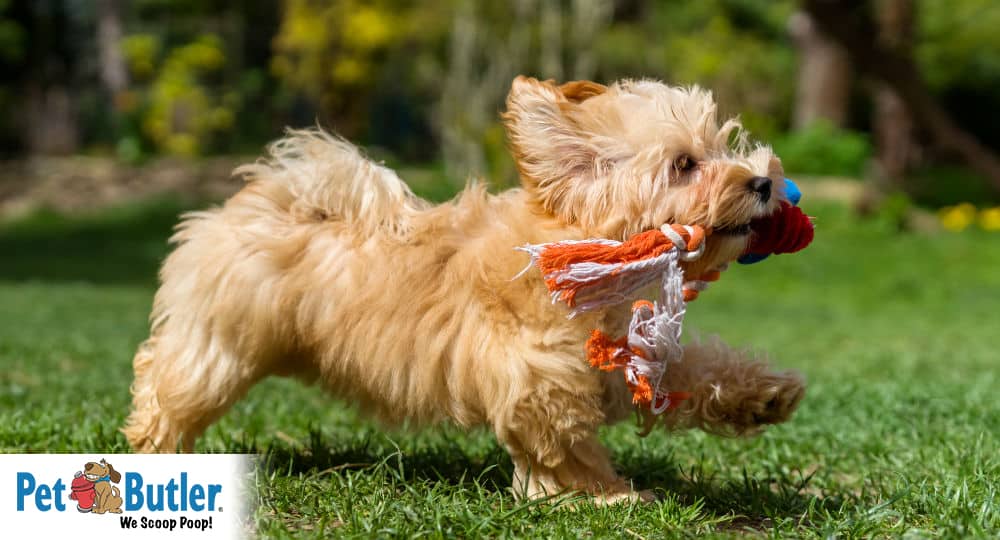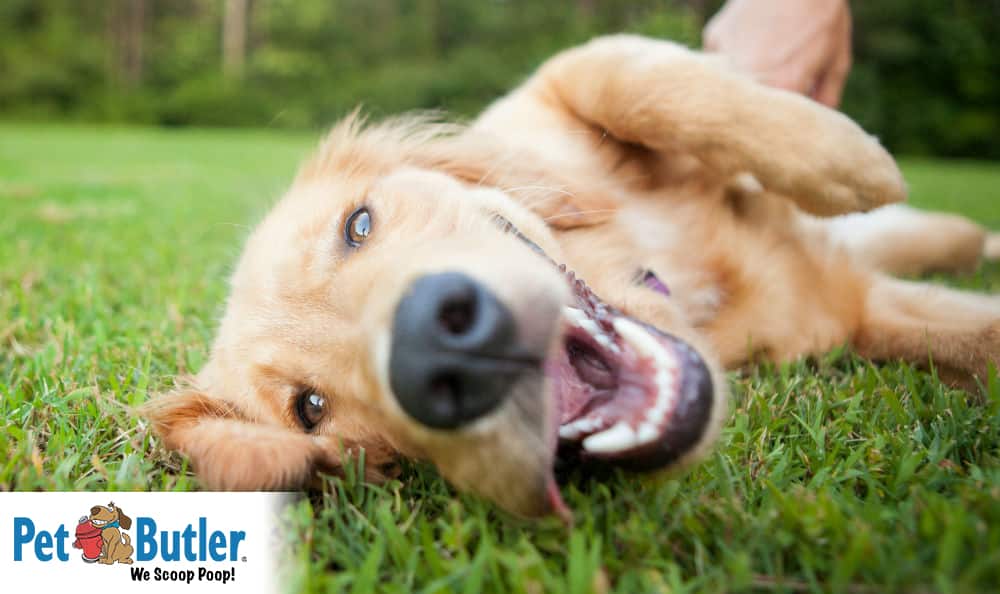There’s no polite way to introduce this topic: pet anal glands. These are mysterious, marble-sized, sacs that contain malodorous material and can be found at approximately 4 o’clock and 8 o’clock between your pet’s internal and external anal sphincter.
All dogs, cats, and carnivorous species (including humans) have them; you may know what anatomical parts I’m talking about if your dog has ever been frightened, scooted their bottom along your favorite rug, or had the unfortunate experience of developing an anal gland infection.
Anal Gland Problems In Dogs
Problems with your dog’s anal glands lead to lots of veterinary and groomer visits, though they do serve a purpose beyond providing job security. Sebaceous glands produce a liquid substance that has a foul, fishy odor which is yellow to tan in color and exists as means of identification and territory marking.
Normally, the liquid secretions are expressed when a dog defecates. The pressure of the firm feces allows the glands to complete empty.
No problem when this occurs outside! Where do things take a hard turn? If your dog has softer stools and the anal glands are not fully expressed naturally, was born with narrow ducts, produces excessive material, or has acquired damage to the duct due to perianal infections, trauma, allergies, or inflammation, they are more likely to develop anal gland impaction and infection.
Sphincter dysfunction and obesity also predispose a pet to anal sac disease. Certain breeds (usually on the small side) are also more likely to need monthly, manual expression of their glands: Chihuahuas, Toy and Miniature Poodles, Cocker Spaniels, Lhasa Apsos, Basset Hounds, and Beagles top the list.
How Do I Know If My Dog Needs His Anal Glands Expressed?
Most pet owners are alerted to the discomfort of impacted glands when their pet drags their rear on the ground, bites at the tail base, excretes the tell-tale liquid (stinky) at times other than defecation, strains when defecating, or a red, hairless bulge is noted near the area of the anal glands.
When swelling is evident either on physical exam or during a visual inspection of the area, an anal gland abscess is present.
Bacterial overgrowth in the gland filled with abnormally copious, thick material causes swelling, pus formation, ultimately rupture and pain. Abscesses can be soothed with a warm washcloth applied to the area and must be treated with antibiotics by your veterinarian.
If your dog has chronic anal gland infections and you’ve ensured stools are firm with a high fiber diet, his weight is managed, exercise is adequate, and allergies aren’t leading to biting and trauma to the area, he may be a candidate for surgical anal gland removal or anal sacculectomy.
Surgery in this delicate area can lead to fecal incontinence and should not be done as a first step in managing anal gland disease.
Preventative care for your dog includes practicing good hygiene and grooming, awareness of these glands, and knowing the signs of inflammation. Most groomers will express your dog’s anal glands monthly as part of their service, especially if you own a small breed or your dog has a history of anal gland disorders.
How to Squeeze Dog Anal Glands
Squeezing the glands can be done with steady pressure to milk the secretions from the inside of the gland, and through the duct opening near the anus. Use latex gloves, lubrication, and a lot of paper towels, or let a professional handle the gland evacuation for a minimal charge. As in most things, “if it ain’t broke, don’t fix it!”.
Repetitive compression of the glands and ducts also causes a little traumatic inflammation at the site and can lead to impaction down the road. So, if your pet has not exhibited symptoms of distended glands, consider yourself lucky!




